London Design Week Trends
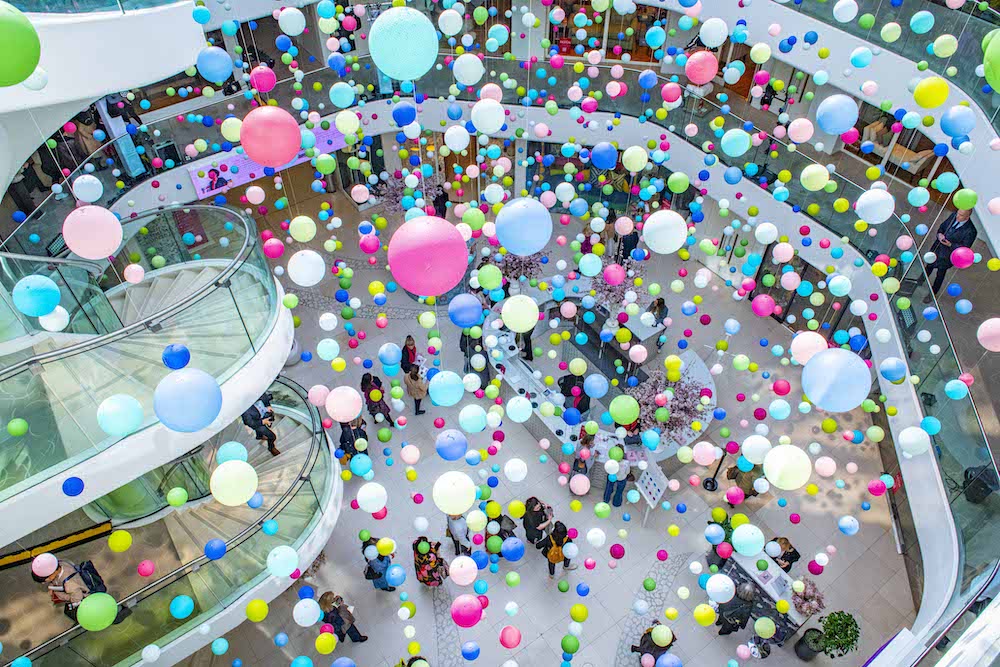
By Anya Cooklin-Lofting
From Sunday 13th to Friday 18th March, the Design Centre Chelsea Harbour opened its doors once again to hoards of interior designers, home renovators and the media to celebrate its loyal brands’ new spring/summer collections for London Design Week 2022. The annual event is a hub for designers to sample new fabrics, wallcoverings, furniture and accessories, supplemented with a talks and events programme that allows visitors access to the top designers of our time. Some of the showrooms at the Design Centre also offer interactive sessions like block printing at Morris & Co. or watercolour painting at Cole & Son, to engage their customers and ignite a passion for craft and making.
Every year, the organisers forecast trends for the year ahead based on the creative direction of the collections and designers. This year, the spring/summer trends are hugely varied, completely compelling, and at once timeless and of the moment. From Bridgerton-esque pastel passementerie to Avant-Garde abstraction in the style of Sonia Delaunay, all signs point to personality-laden spaces filled with colour and texture with a sense of reserved grandeur. Here is a run-down of the themes and motifs the London Design Week experts are seeing for 2022…
Fondant Fancy
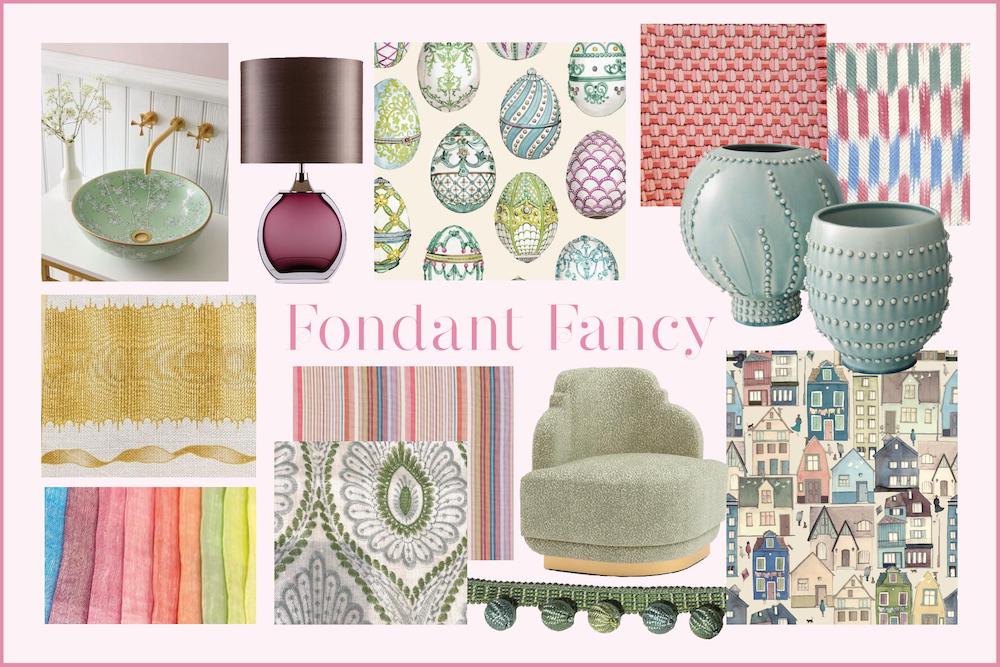

According to London Design Week, the Fondant Fancy trend is less stuffy and starched than delightful, sweet and frothy. Tones of classical confectionary abound, evoking sorbet, macarons, tiered wedding cakes and patisserie. The trend is defined by furniture inspired by 18th-century boudoirs with frills, thoughtful details and floral upholstery. Accents of fringing, piping and tassels are integral to this look, giving each cushion, vase, lamp or rug a touch of regal glamour.
New Shoots
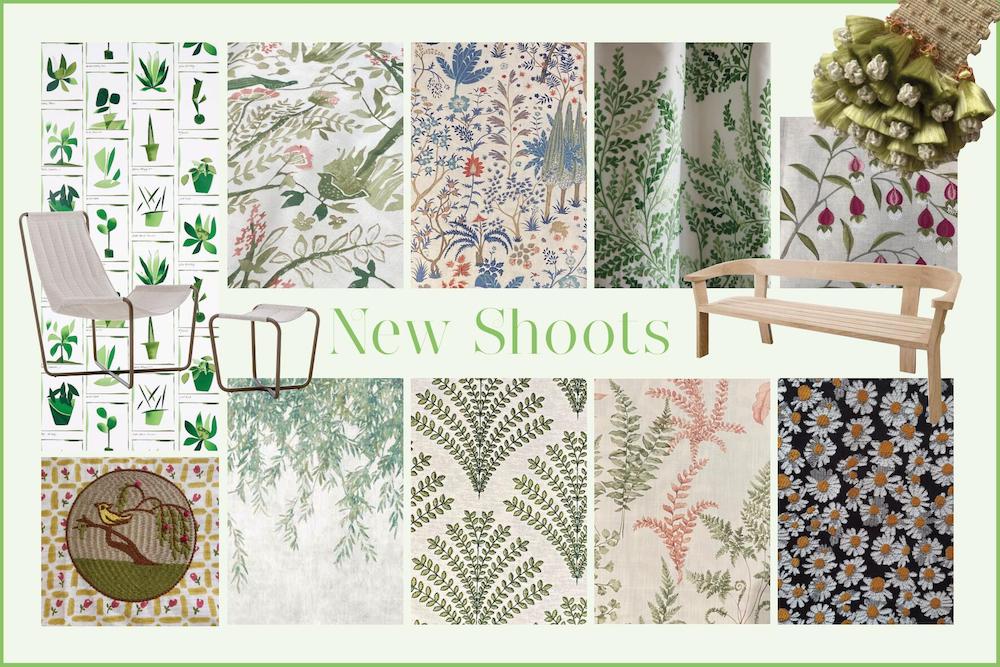

Not unlike Fondant Fancy, this trend relies on vintage charm with a nature-inspired twist. With delicately rendered pattern repeats available as wallcoverings and fabrics, many design brands have turned to botany and the English countryside for a feeling of freshness in their new collections. Interestingly, London Design Week believes that this more domestic approach diverges from the lush, tropical designs like banana leaves and palm trees that were popular before the pandemic. This could be indicative of the way we all came to value our local parks and gardens more than ever while international travel was halted.
Brighton Pavillion
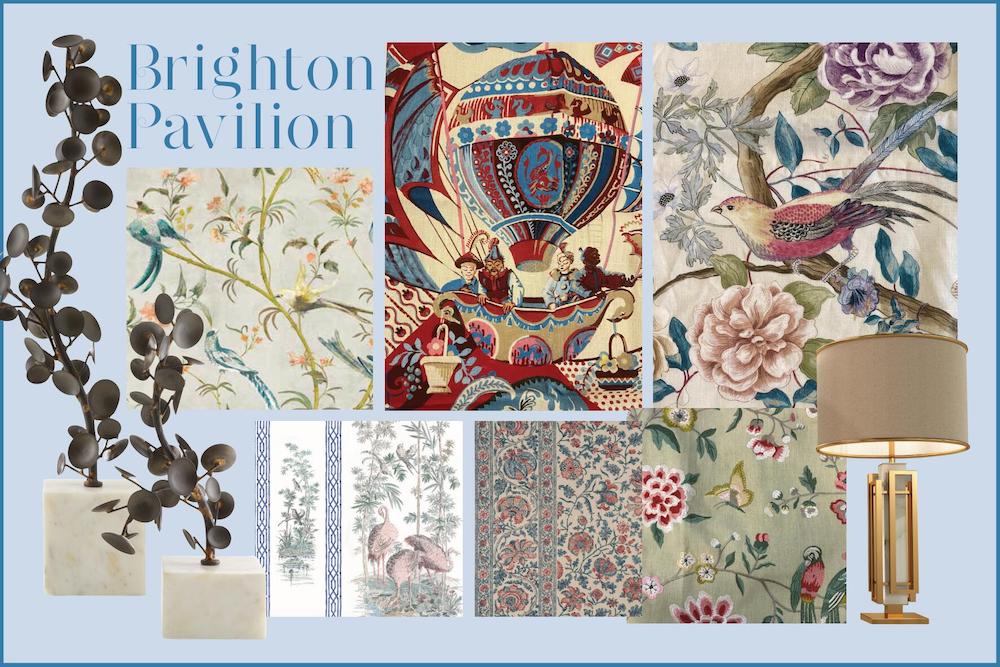

Inspired by the south coast’s Regency pleasure palace, this trend is theatrical and expressive – perfect for those who entertain at home. Chinoiserie, golden accents, Eastern-inspired prints and rich, jewel tones coalesce to bring a refined sense of occasion to the home, from wall hangings to rugs, lighting to wallpapers.
Sonia
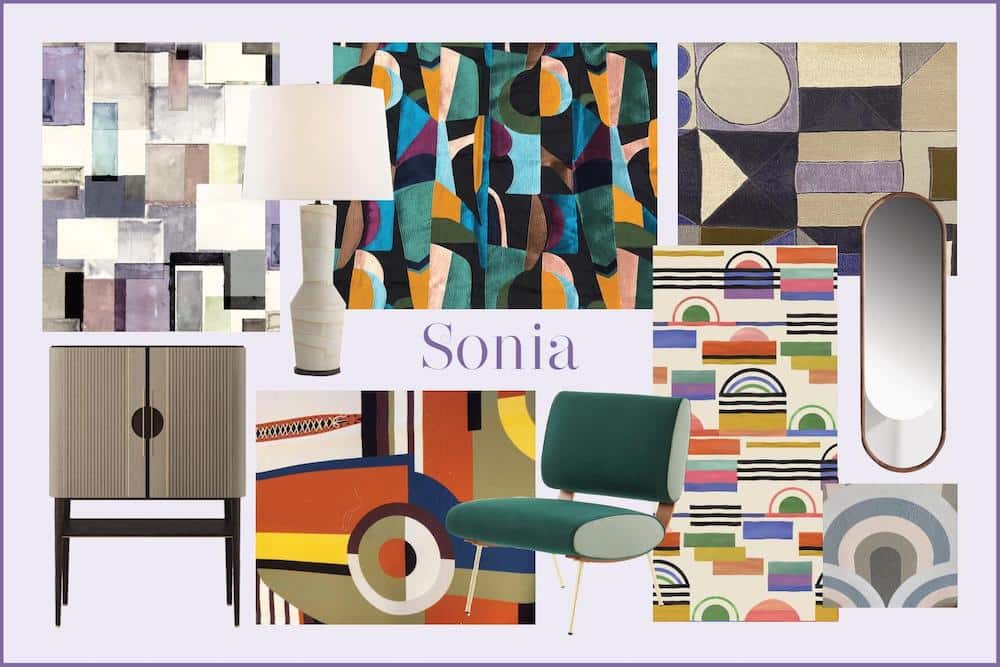

Early 20th-century artist, Sonia Delaunay, is the figurehead of this trend and who, 100 years on, is still making an impact in design. The artist is best known for her bold, abstract paintings and for the costumes she designed for the Ballets Russes, a French ballet company that, despite the name, never performed in Russia. For London Design Week, her relevance to the modern design landscape is clear: the energy and speed of modern life, from street lighting to modern dance, is captured in today’s fabric, wallpaper, tile and flooring designers, who are incorporating her expression of vitality in their new collections.
Mystic Garden
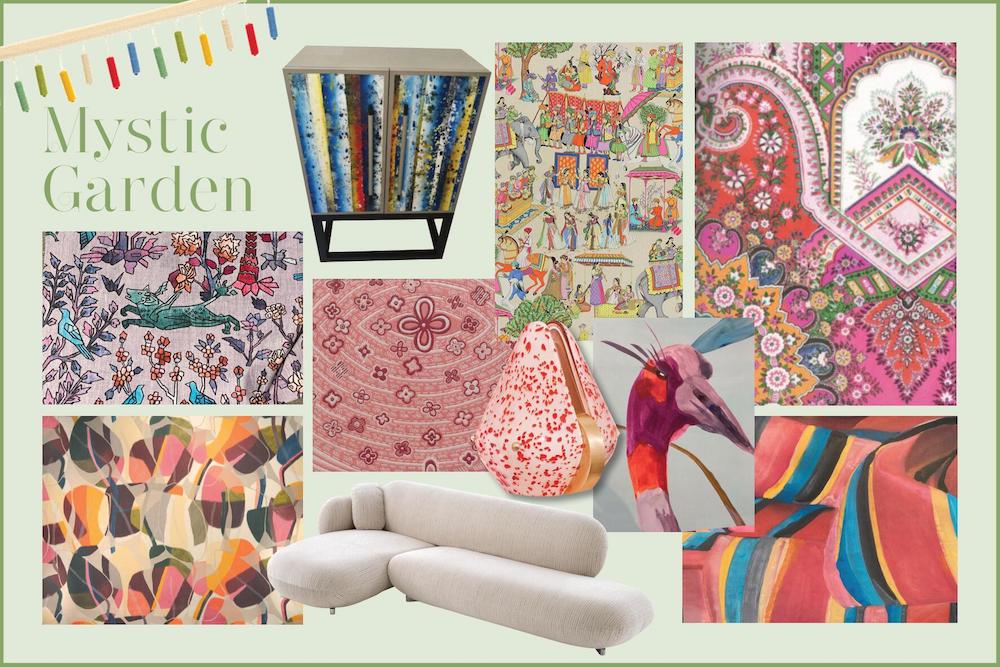

Described by London Design Week as “hippy and trippy,” this melange of vibrant colours, Indian inspired block-printed fabrics and papers and psychedelic upholstery is a real treat for the eyes. In the tradition of the Hippy Trail of the 1960s, mandala-style motifs, stylised florals and warping stripes comprise this trend that has maintained its appeal 60 years on.
Stitch & Weave
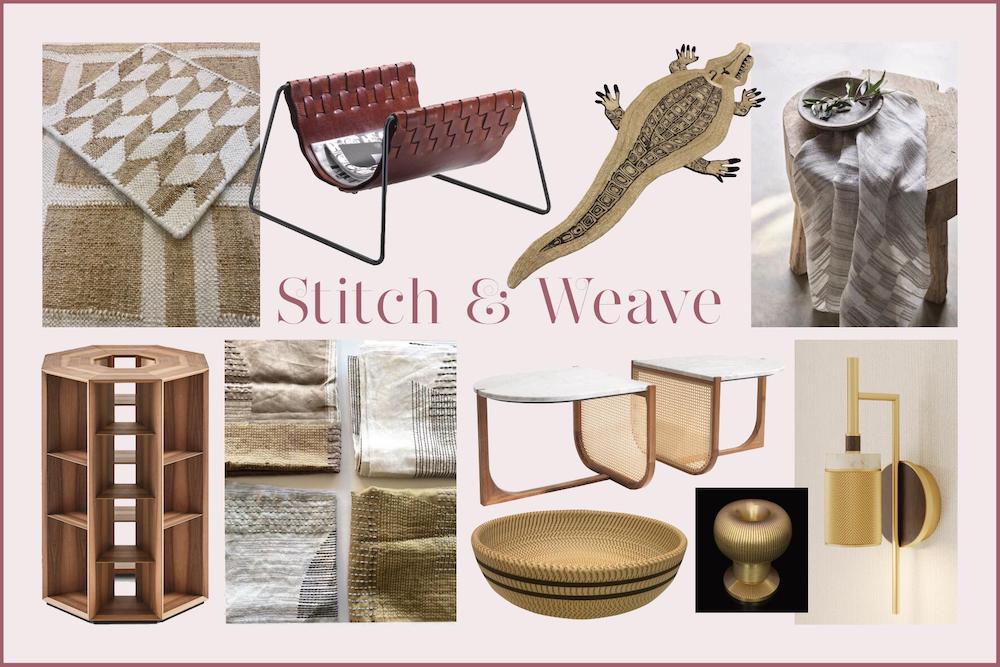

Sustainable materials like grasses and some woods have been a mainstay in interiors for a few years, especially with the rise of handcraft and more rustic finishes. This trend draws on the skills of artisans around the world using weaving and stitching techniques to create unique, eco-friendly, affordable and stylish homeware for contemporary living. A mainstay of this trend is rattan, which can be grown and harvested within two years, compared to some hardwoods that can take up to 30 years to fulfil the same demands. All kinds of furniture can be made with rattan, from chairs and trunks to headboards and coffee tables.





